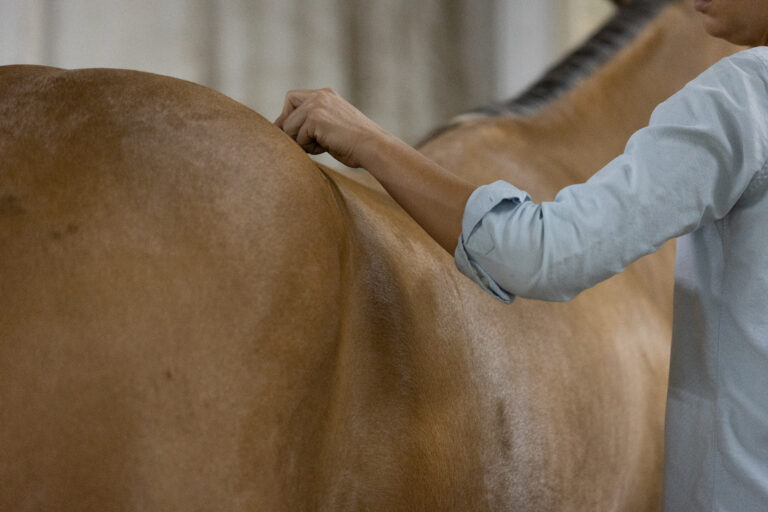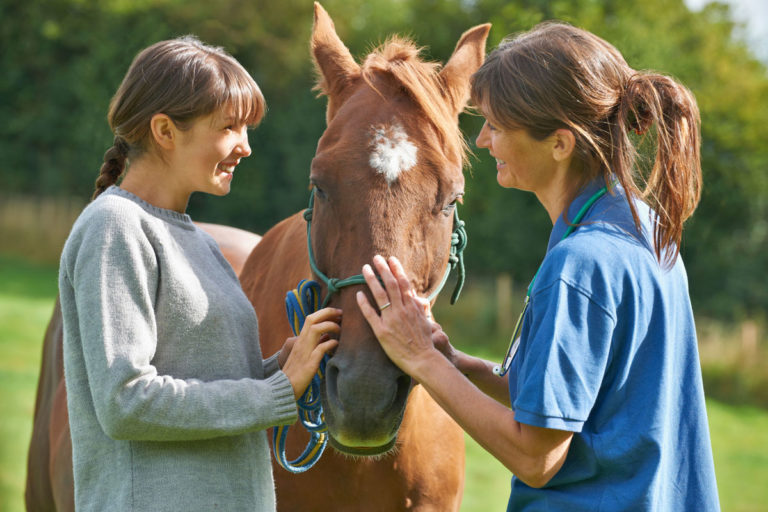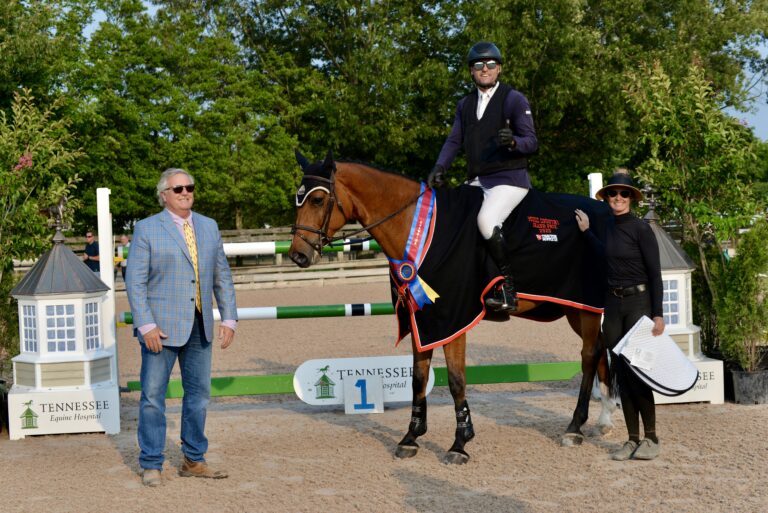
In the 2016 AVMA AAEP Equine Economic Report, nearly four-fifths of AAEP respondents reported they had been injured while performing work as a veterinarian. Almost half didn’t miss any work due to their injury. In this study, respondents were also asked how much bodily pain they had experienced during the four weeks prior to completing the survey, as well as the degree to which pain had interfered with their normal work and their chores in daily living. Two-thirds of both male and female respondents reported mild pain; 23.8 percent of males and 16.5 percent of females reported moderate pain; and 2.6 percent of males and 2.3 percent of females reported experiencing severe pain. About half said the pain did not interfere at all with normal work. Most of the rest reported a small amount of interference. While equine practice is quite a physical career, and injuries are not uncommon, equine practitioners are tough individuals and persist despite chronic pain.
Trying to prevent chronic pain from musculoskeletal injuries in such a physical job can be difficult, but it is important. Chronic pain diminishes quality of life and can contribute to depression, poor sleep and more negative health outcomes. The large size and unpredictability of equine patients increases the risk of injuries, and the physical nature of much of the daily work can result in damage.
How Vets Can Prevent Chronic Pain
Ways to prevent injury and the possibility of resultant chronic pain include utilizing skilled horse handlers, increasing the use of sedation, utilizing protective equipment such as stocks and helmets, staying fit through regular exercise, and using your body ergonomically when lifting or performing procedures.
Utilize Skilled Horse Handlers
Skilled horse handlers can help keep you safe by shifting the horse’s body away from you if the animal becomes reactive. They are attuned to the horse’s demeanor and can often predict when a kick or other evasive move may be imminent. Owners’ relationships with their horses often lead them to believe that their horse will not be a danger. As a result, they might resist restraint measures that increase safety.
Having a well-trained assistant to hold the patient can make a big difference in your well-being. Using sedation before painful or uncomfortable procedures simply makes sense, as does utilizing available protective equipment. Most veterinarians can recount near misses such as when a striking horse parted their hair and left just a scrape down their forehead. But serious injuries can and do happen, often resulting in permanent damage and chronic pain.
Prioritize Personal Fitness
Having muscular strength and flexibility will prevent many injuries and the possibility of chronic pain. Being able to quickly move with quick reflexes requires strength and balance. Staying active, regularly doing strength-building exercises, and using ergonomics are strong preventative actions. The Merriam-Webster dictionary defines ergonomics as “an applied science concerned with designing and arranging things people use so that the people and things interact most efficiently and safely.”
Be Careful When Lifting
When lifting heavy things—such as an x-ray generator, a shock wave machine, or a down pony—it is important to start in a safe position, maintain the natural curve in your lower back, use your legs to do the work, and always avoid twisting. What about when that horse you are performing a flexion test on suddenly starts hopping? If your knees are bent and your spine and shoulders are in alignment with your pelvis, you will be able to absorb this physical stress much better than if you are bending over and using your lower back muscles.
When taking radiographs, the same principle applies. Instead of leaning forward, extending your arms and the weight of the generator in front of you, bend at the knees, keep your upper body aligned and hold the weight closer to your core. When loading heavy equipment into the truck, move your feet to turn; never lift and twist. Knee and back injuries come with weighted twisting motions.
Perform Procedures Carefully
Positioning when performing procedures is a top injury prevention strategy. Always think of where you are putting your head and your feet. Always have one of your arms in contact with the patient. This could allow you to feel an evasive motion a millisecond before it occurs or even allow your limb to act as a rigid strut that could propel you out of harm’s way. Both kicks and strikes are most harmful at the distance of a full swing, so stay close when necessary. Position yourself to the side when working on the horse’s head or forelimbs, whenever possible. Building a barrier with bales of hay or shavings can be an effective protection when safe positioning is impossible. Be aware of the risk for shoulder injuries when horses rear or make sudden lateral movements.
Stretch for Flexibility
Flexibility is reduced as people age. Stretching to increase flexibility can improve balance and prevent injuries. Most equine veterinarians are a little lame, but they work out of it pretty quickly. After a long drive in the ambulatory truck, take a moment to stretch and warm up your stiff joints.
Allow Time for Healing
If you are injured, allow time for healing, and follow the RICE regimen: Rest, Ice, Compression, and Elevation. Seek diagnostics to understand the extent of your injury. Chronic pain and limited function frequently result from inadequately treated injuries. Injuries that occur when you are young that are not allowed to heal properly will almost always be a source of pain as you age.
Take the time and care throughout your career to shield yourself from chronic pain. Your body will thank you for it!







